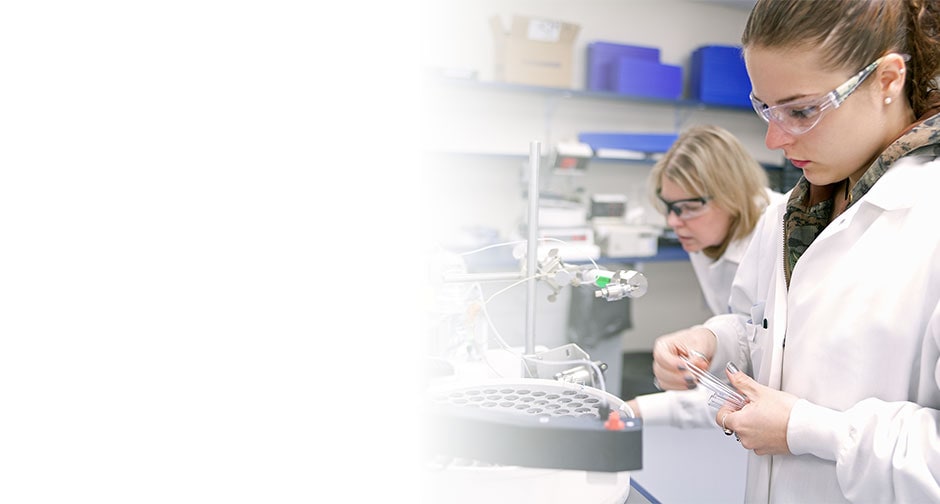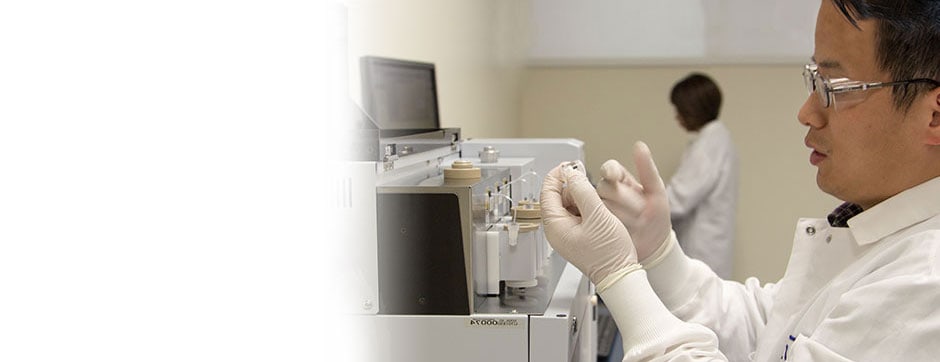Q: What type of antibodies do llamas make?
A: Mammals from the Camelidae family, which includes llamas, produce conventional antibodies made up of 2 heavy chains and 2 light chains. They also produce antibodies with only 2 heavy chains. By using our extensive recombinant antibody and engineering knowledge, we developed our LlaMABody product line that includes VHH antibodies (single domain antibodies), bivalent VHH antibodies and VHH domains fused to IgG scaffolds from a variety of species.
Q: What do the different nomenclature mean?
A:
- VHH – this is also known as the single domain antibody
- Bi-valent VHH – Our development scientists engineer two single domain antibodies (targeting different epitopes on the same or different targets) in tandem.
- VHH- IgG scaffold – Our development scientists fuse the VHH domain to IgG (CH2-CH3 constant domains from a variety of species such as llama, human, or mouse. If the species you are interested in is not readily available in our retail catalog, contact our custom team here.
Q: What is the molecular weight of VHH antibodies compared to conventional Llama antibodies?
A: The molecular weight of conventional Llama antibodies is approximately 150kDa and monovalent VHH antibodies is approximately 15 kDa.
Q: Why would I want to use a LlaMABodyTM antibody?
A: Llama antibodies have many applications due to their small size, high stability, low Immunogenicity, and ease of production.
- Excellent stability in extreme conditions, temperature, pH
- Superb penetrability for hard-to-reach epitopes
- Great potential for downstream engineering, scale-up, and GMP production.
Q: Is conjugation available for LlaMABodyTM antibodies?
A: We have optimized procedures for the addition of biotin, enzymes, and a myriad of fluorochromes to single domain antibodies. Inquire about our custom conjugation here.








